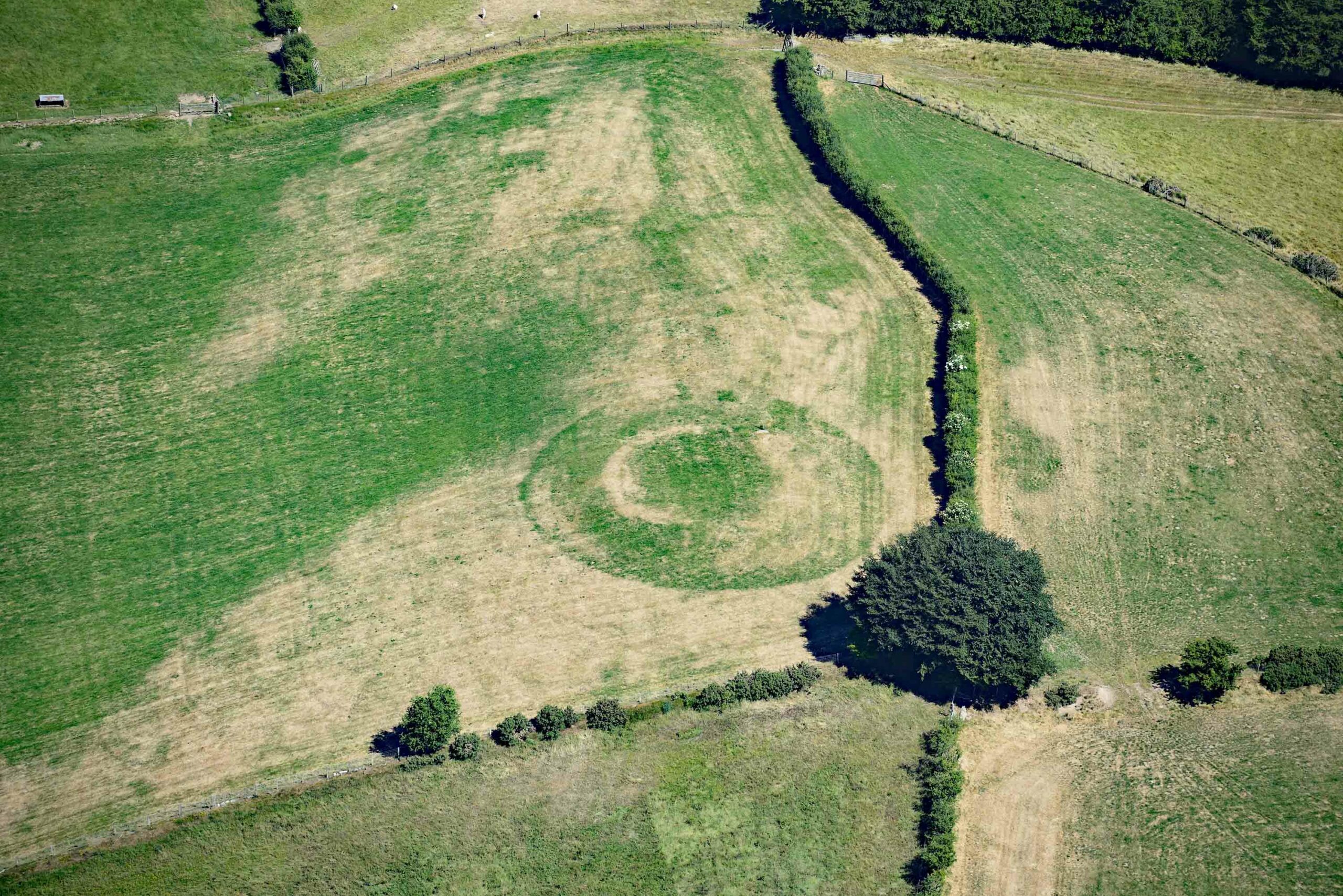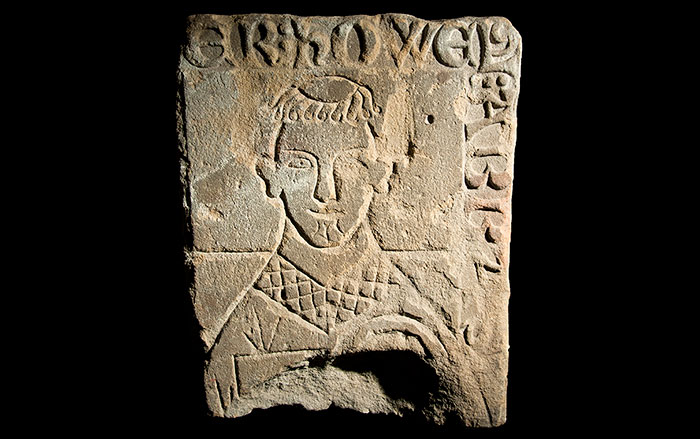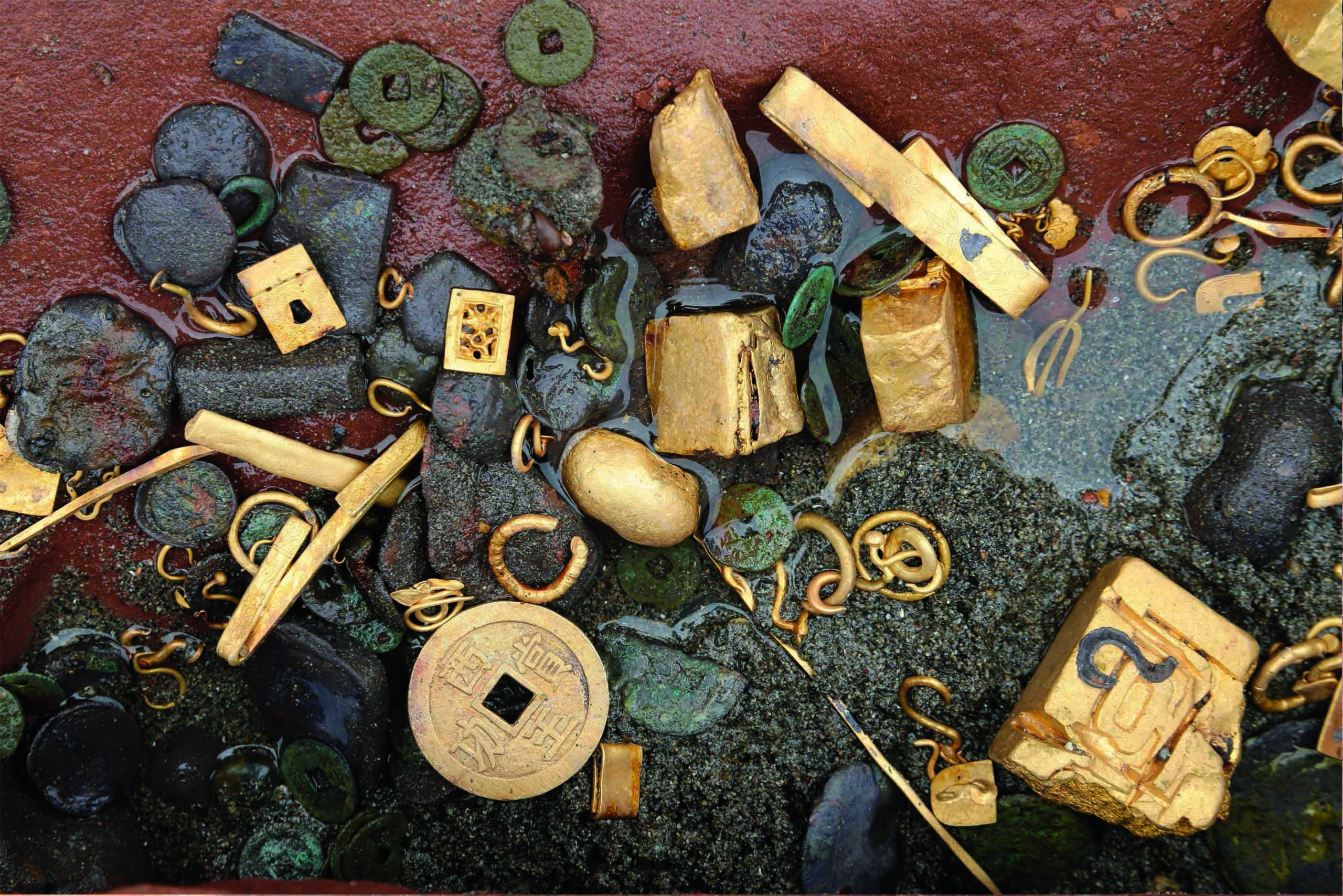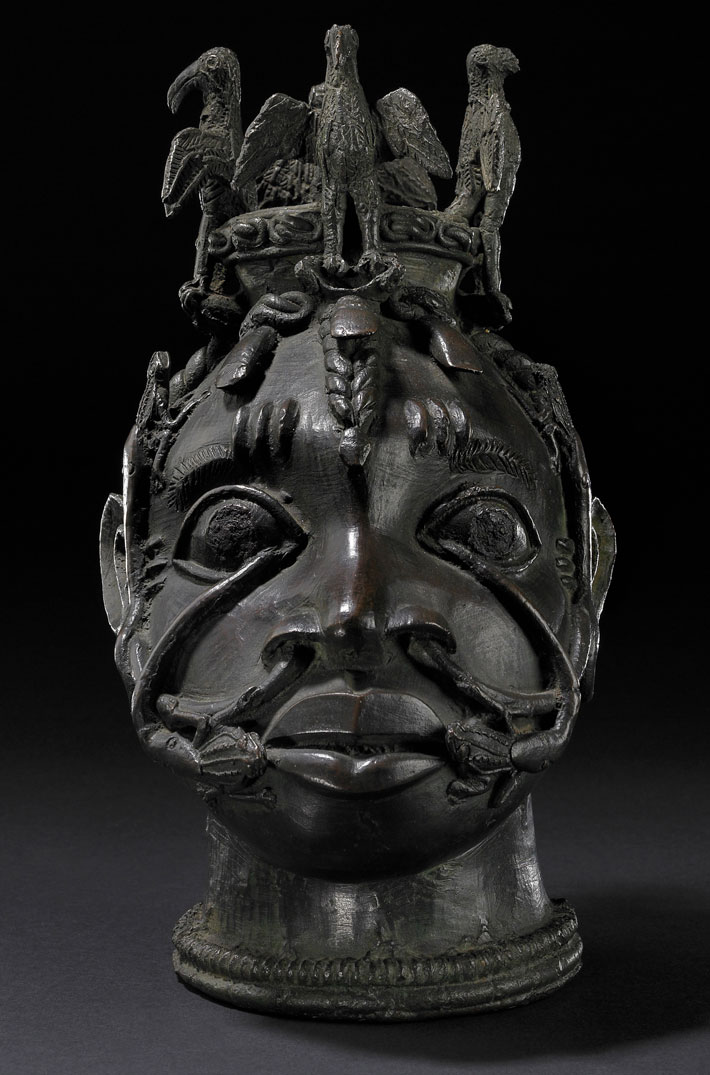
MONMOUTHSHIRE, WALES—According to a report in The Guardian, a recent excavation suggests that local people were buried on the grounds of Tintern Abbey after the dissolution of the monasteries by King Henry VIII. The excavation was conducted by Cadw, the historic environment service of the Welsh government, at the beginning of a conservation project to protect the ruined church’s eroding stone walls. In all, 18 of the many graves found at the site were unearthed, and two of them, containing the remains of a woman and two children, were analyzed. These graves were found just outside the main body of the church. The woman, who died in her 30s or 40s, appears to have been disabled. She was buried in a shallow grave, perhaps in secret. The two children, aged about one and five, were buried together. Their remains showed signs of stress that may have been caused by poor nutrition or disease. “Tintern was the resting place of the great and the good in the medieval period—the benefactors, the patrons, the marcher lords,” explained Gwilym Hughes of Cadw. “This appears to have changed dramatically in the middle of the sixteenth century with the dissolution. It was still used as a sacred place for burial, but this time not by the elite, but by people who appear to have been marginalized by society,” she concluded. Medieval window glass, floor tiles, pottery, and coins were also recovered. To read about the portrait of a medieval Welsh abbot that was carved on his grave slab, go to "He's No Stone Face."










